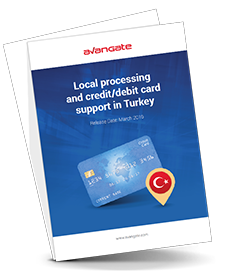Remove translations
Overview
Use the deletePromotionTranslations method to remove all localized texts from an existing promotion.
Parameters
| Parameter | Type/Description | |
|---|---|---|
|
sessionID |
Required (string) |
|
|
|
Output of the Login method. |
|
|
promotionCode |
Required (string) |
|
|
|
The code corresponding to the promotion that you want to add translations to. |
|
Response
| Parameters | Type/Description | |
|---|---|---|
|
Status |
Boolean |
|
| True or false. | ||
Request
<?php
require ('PATH_TO_AUTH');
// Promotion code corresponding to the promotion you want to remove translations from
$promotionCode = '';
try {
$updatedPromotion = $client->deletePromotionTranslations($promotionCode);
}
catch (SoapFault $e) {
echo "UpdatedPromotion: " . $e->getMessage();
exit;
}
var_dump("UpdatedPromotion", $updatedPromotion);


